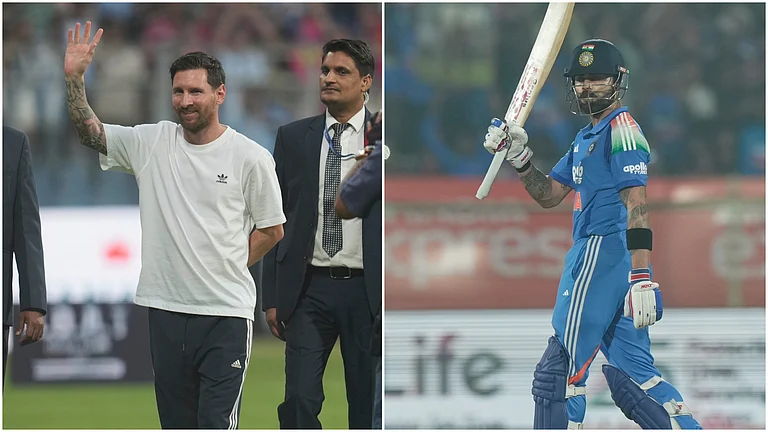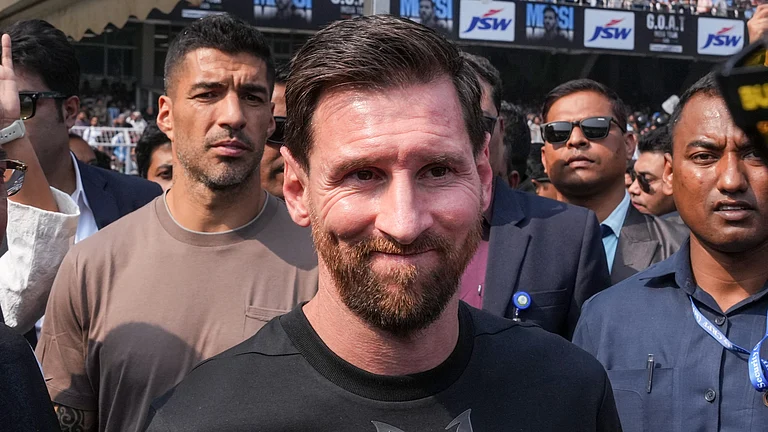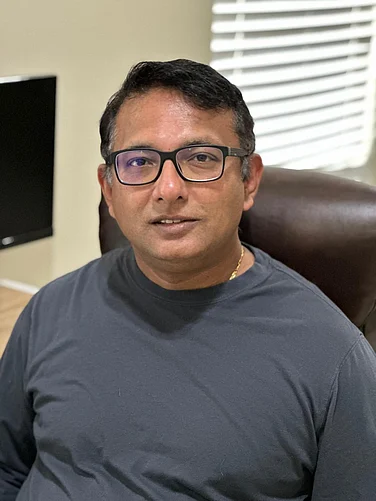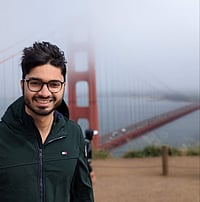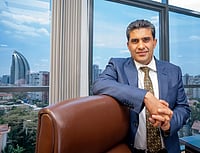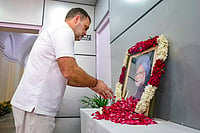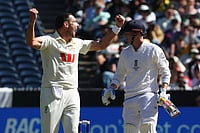At a time when India’s creative heritage stands overshadowed by rapid industrial expansion, Rishal Music Trust (RMT) has stepped forward with a pioneering initiative titled “Lakshmi Meets Saraswati.” Designed to revive, preserve, and elevate India’s classical and folk traditions, the program brings together Padma Shri awardees, leading industrialists, scholars, and young artists on a common national platform.
In this formal interaction, Mr. Harvansh Chawla, Chairman and Chief Patron, Rishal Music Trust speaks on the origins of the initiative, the urgency of cultural preservation, and the long-term vision of embedding India’s classical arts into the country’s development narrative.
1. How did the idea of Lakshmi Meets Saraswati originate, and what prompted the merging of industrial progress with artistic heritage?
The idea was born out of a simple observation—that India’s economic progress and its cultural traditions often move in parallel but seldom intersect meaningfully. Lakshmi Meets Saraswati represents the confluence of prosperity and wisdom, emphasising that long-term development must be rooted in creativity, ethics, and cultural consciousness. The initiative seeks to bridge this longstanding divide by positioning the arts not as an ornamental addition, but as an essential pillar of national identity.
2. What key message does this initiative aim to convey in today’s discourse around economic growth and cultural preservation?
The initiative reinforces the principle that economic advancement and cultural preservation are not opposing priorities. On the contrary, they strengthen one another. A nation that progresses economically while nurturing its artistic traditions builds a more balanced, ethical, and imaginative society. India’s global standing must be shaped not only by technological and industrial output but also by the depth of its cultural imprint.
3. How does RMT plan to build a sustainable ecosystem that supports classical and folk artists in a practical, long-term manner?
Sustainability requires comprehensive support structures. RMT aims to create a formal ecosystem that provides artists with recognition, financial opportunities, institutional partnerships, and accessible platforms for performance. Through scholarships, fellowships, artist-in-residence programmes, national tours, and digital archiving, the Trust seeks to transform classical and folk arts into dignified, self-reliant professions. The goal is to shift the narrative from mere appreciation to sustained livelihood.
4. What will the two-year Lakshmi Meets Saraswati cultural programme specifically offer for youth engagement and talent development?
The two-year programme will combine mentorship from eminent gurus, structured academic partnerships, curated performances, cross-disciplinary workshops, and digital exposure. The curriculum aims to introduce traditional art forms in formats that resonate with younger audiences while maintaining classical rigour. By integrating traditional arts into educational frameworks and offering real performance opportunities, the programme aspires to make these art forms aspirational career paths.
5. Several Padma Shri awardees and industry leaders have joined this initiative. How does this collaboration influence India’s cultural dialogue?
The collaboration signifies a union of two powerful sectors—industry and culture. When business leaders bring organisational capacity, networks, and resources, and when award-winning artists contribute depth, authenticity, and scholarship, the resulting impact is far-reaching. This partnership ensures that cultural preservation is supported not only emotionally but also structurally, enabling wider outreach and long-term sustainability.
6. In an era where digital entertainment dominates attention, how can classical and folk art forms regain relevance among younger audiences?
Digital media provides an unprecedented opportunity to reinterpret traditional art forms for modern audiences. Through immersive audio-visual storytelling, interactive content, digital concerts, and documentation, classical traditions can be presented in contemporary formats without compromising authenticity. Young individuals engage more readily when heritage is made accessible, visually compelling, and technologically aligned.
7. How will the initiative extend its impact beyond metropolitan regions and ensure grassroots inclusion?
RMT is committed to pan-India outreach. The initiative includes regional festivals, local workshops, collaborations with community art councils, and mobile art studios. By documenting regional traditions and providing rural and semi-urban artists with national platforms, the initiative ensures that India’s diverse artistic expressions are represented and celebrated. The cultural heart of India lies beyond its metros, and this programme recognises and prioritises that.
8. What long-term legacy does RMT hope to create through Lakshmi Meets Saraswati?
The vision is to create a legacy built on dignity, access, and continuity. We hope to ensure that the next generation of artists does not view classical or folk art as an uncertain struggle but as a respected and viable profession. Ultimately, Lakshmi Meets Saraswati seeks to remind India that cultural heritage is not a relic of the past but a guiding force that shapes the nation’s future.
About Rishal Music Trust (RMT)
Rishal Music Trust is dedicated to the preservation, promotion, and advancement of India’s classical, folk, and traditional performing arts. Guided by its Chairman & Chief Patron Mr. Harvansh Chawla, the Trust works to create sustainable ecosystems for artists through scholarships, performance platforms, fellowships, educational partnerships, and nationwide cultural programmes. RMT aims to safeguard India’s artistic heritage while ensuring its relevance and accessibility for future generations.








